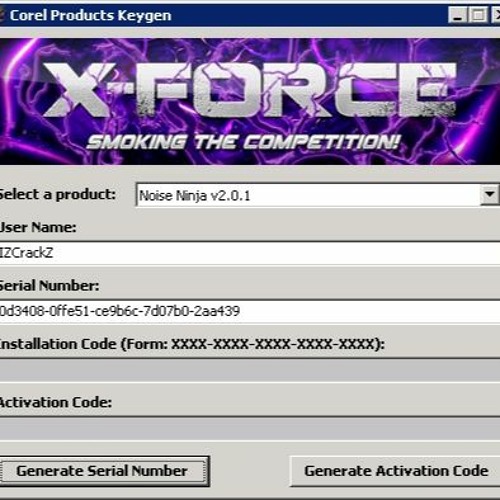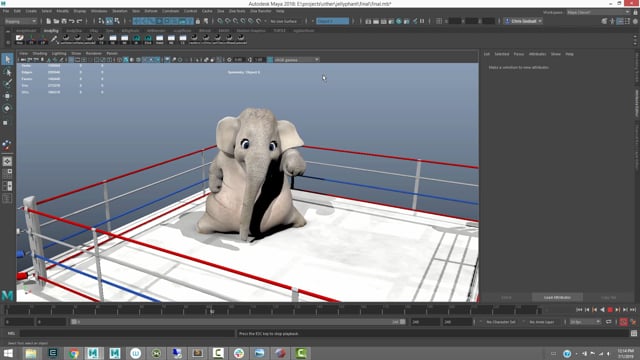
This ‘real world scale’ should be considered with your own characters. In the example below, the character is something like 1.5 meters tall.

One of the axes has a “1m” at the end, showing what Ziva VFX considers to be 1 meter. In addition to holding all of the global solver parameters, it is also responsible for visualizing all of our custom drawing.*īy default, our solver node will be scaled to match the current Maya units. The solver node appears in the scene as a custom locator node with three axes (shown below).

The first time you create a Tissue, bone or cloth in an empty Maya session, a solver node will automatically be created. You will see the Tissue drop under gravity. Right click on the timeline and make sure one of the “Play every frame” options is selected, under Playback Speed. Select the mesh and convert to Tissue: Ziva → Tissue Here are the steps for converting a mesh into a Tissue: You can make almost any mesh into a Tissue (see below for exceptions). Our tools work exclusively with polygonal geometry. “Tissue” is the word we use to describe elastic solids in our system. Here is an image of a typical Ziva character pipeline: Creating a Tissue ¶ Simply import an Alembic of the bones into the muscle rig and create blendshapes between the corresponding bones. It becomes straight forward to drive a simulation with a different animation. The animator can work without requiring a Ziva license to generate bone motion. Scenes are lighter, and faster to interact with.Įven standard Maya nodes can create cycles in the scenes which frequently cause issues with Ziva simulations at the subframe level. Following this guidance has several advantages for users: We tend to discourage driving a Ziva simulation on directly with a live Maya rig with joints/constraints/controls etc.

This effectivley creates a buffer between the two and is in line with our recommendations on how users should drive tissue rigs. The second one has a blendshape connection to the first. One is an alembic of the skeleton motion.

You’ll notice in the file that there are two copies of the skeleton geometry. If you did a default install on Windows you would find the file here:Ĭ:/Program Files/Ziva/VFX/Ziva-VFX-Maya-Module/ZivaVFX-Maya-/demos/armFlex.ma. If you’d like to use the same geometry presented here, you can find a ready-made file for this in theĭemo directory located in the Ziva install path. This tutorial will show examples built on geometry from the Mr.


 0 kommentar(er)
0 kommentar(er)
